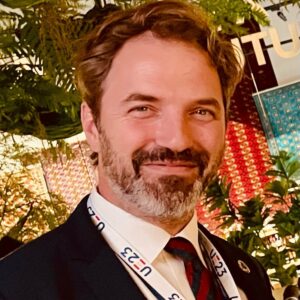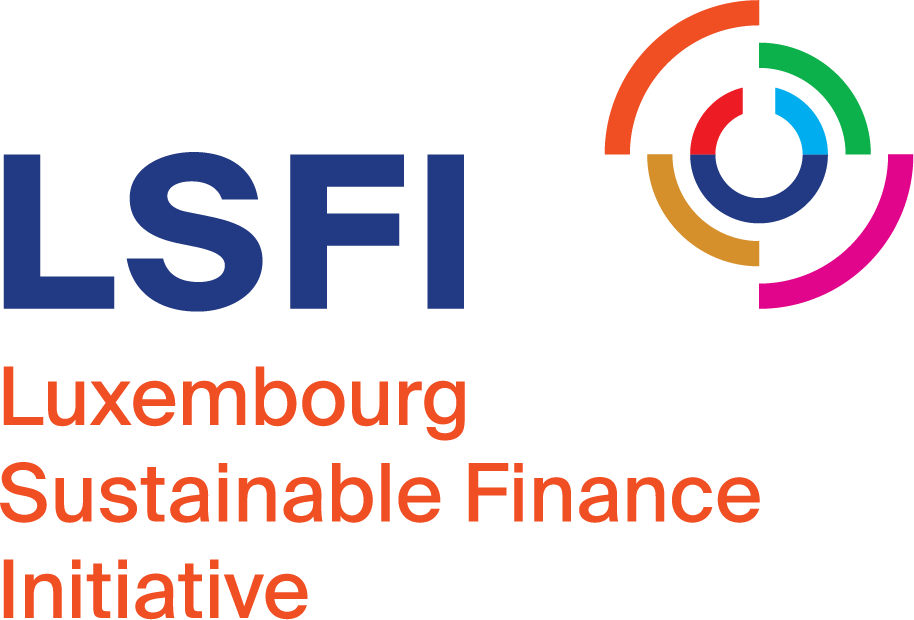With the intensifying environmental crisis, the world comes together on two pivotal occasions to address the pressing challenges facing our planet. In October, the Biodiversity COP (Conference of the Parties) held its 16th edition. Organised every two years, this summit brings countries together to discuss and agree on strategies to halt and reverse nature loss. Similarly, the Climate COP, currently hosting its 29th edition, serves as the annual international climate summit where world leaders convene to forge collaborative solutions to combat climate change.
As environmental and social crises escalate, the need for a transformative transition has never been more urgent. Addressing these challenges requires not just local action but global cooperation and consensus—a shared commitment to securing a sustainable future for generations to come.
This month, we had the opportunity to interview Thomas Schoos, Director-General for International, European, and Internal Affairs at the Luxembourg Ministry of Environment, Climate, and Biodiversity. Our discussion explored the interconnectedness of the two COPs, the importance of addressing biodiversity and climate issues jointly, the significance of the COP summits, and the critical role of finance in tackling today’s pressing environmental and social challenges.
How are biodiversity COPs and climate COPs interconnected, and why is it important to address both biodiversity and climate change together?
Climate and biodiversity are intrinsically linked. Climate change has altered land and marine ecosystems through rising temperatures and exacerbated biodiversity loss. However, healthy ecosystems are key to limiting the damaging effects of climate change, such as by absorbing carbon or reducing erosion or flooding. The ability to sequester Carbon is much higher in healthy ecosystems. The ability to sequester carbon is much higher in healthy ecosystems. Without resilient ecosystems we cannot solve the climate crisis since nature-based solutions play such an important role alongside technologies and behavioral change.
From a governance perspective, the two COPs are interconnected as well. The Convention on Biological Diversity (CBD) and the United Nations Framework Convention on Climate Change (UNFCCC) make up two of three Rio Conventions next to the United Nations Convention to Combat Desertification (UNCCD). The Rio Conventions were initiated at the 1992 Earth Summit in Rio de Janeiro and continue to work closely together to enhance the existing synergies between climate, biodiversity and land degradation/desertification.
Can you explain the main objectives of COP16 and COP29?
The main objectives of the CBD COP16 were to assess progress on the Kunming-Montreal Global Biodiversity Framework and increase biodiversity finance. Although not all of the tabled decisions could be finally adopted, an important outcome of COP16 was the creation of the CALI Fund that has the potential to raise hundreds of million dollars annually stemming from private finance. The COP decision encourages companies selling products using DNA of wild organisms to contribute a part of their profits to the CALI Fund.
The main objective of COP29 is to negotiate a new global goal for climate finance, the so-called new collective quantified goal (NCQG). The previous goal of $100 billion annually in climate finance from developed to developing countries was met in 2022, two years later than planned. The NCQG will likely be much higher in light of the existing finance gap and may include specific targets for publicly mobilized private finance.
Another goal of COP29 is to increase ambition when it comes to countries’ national climate commitments, the so-called nationally determined contributions (NDCs), which are due in early 2025. Both the level of ambition and the national implementation will determine whether the Paris Agreement goal of limiting global warming to 1.5°C or well below 2°C can be met.
What is the principal added value and challenge of COP?
The added value and challenge are one and the same: To achieve consensus among the almost 200 Parties that have signed the conventions. Consensus on progress is unbelievably powerful, since it means countries all over the world are working towards a common goal. But achieving consensus becomes more difficult the more Parties are involved.
What’s the role of finance in advancing the goals set by biodiversity and climate COPs?
Finance is the key topic of both COPs. There are very large financing gaps in both biodiversity and climate finance, which means the global community needs to set more ambitious finance targets and bring in private finance to help close the gap. Luxembourg is one of the highest per-capita contributors for public finance for biodiversity and climate and will continue to play a key role in mobilizing private finance. Luxembourg is one of the highest per-capita contributors for public finance for both biodiversity and climate and will continue to play a key role in mobilizing private finance.




